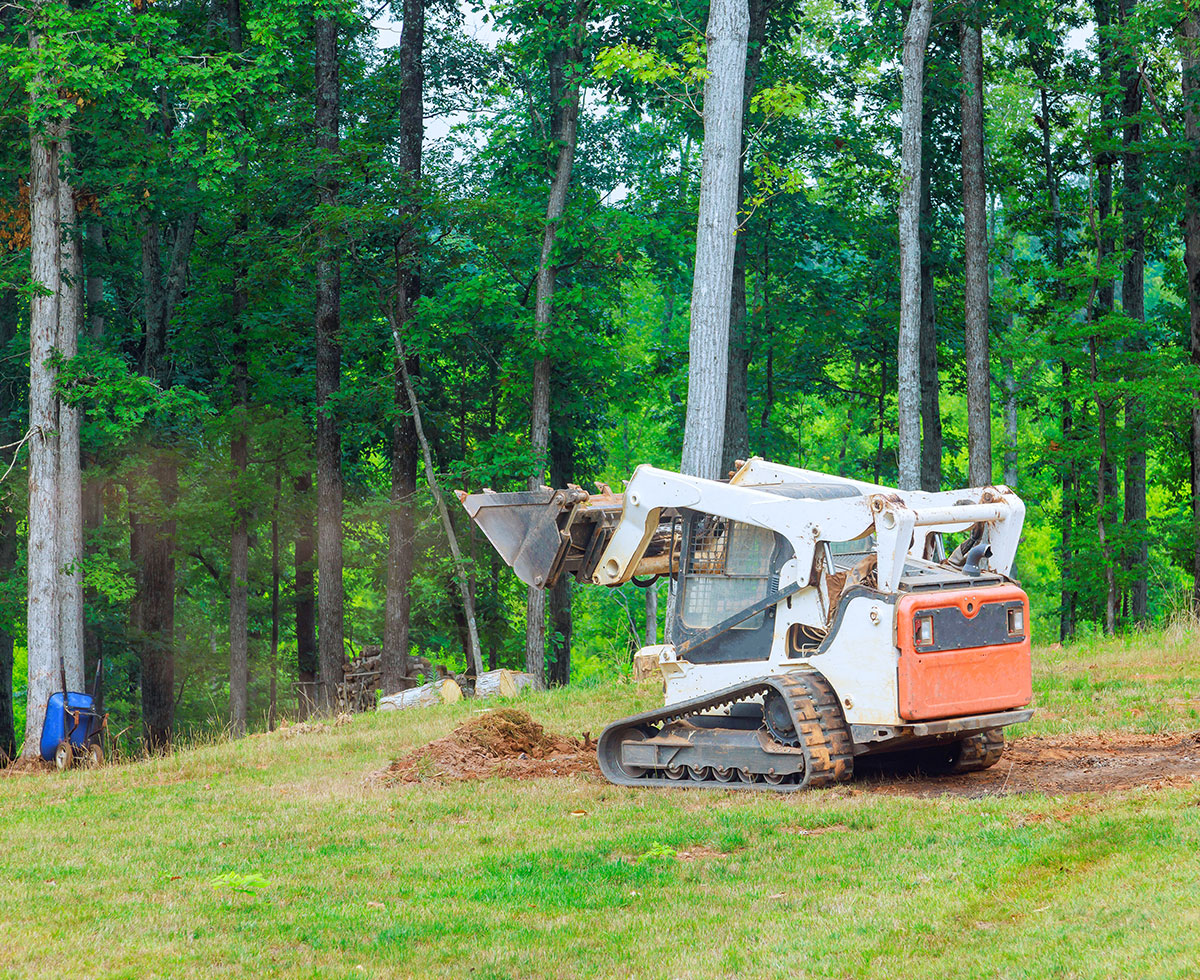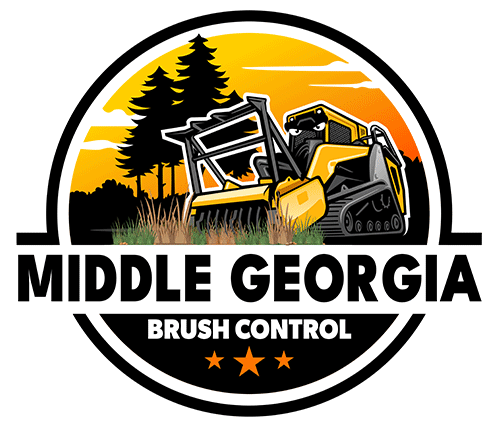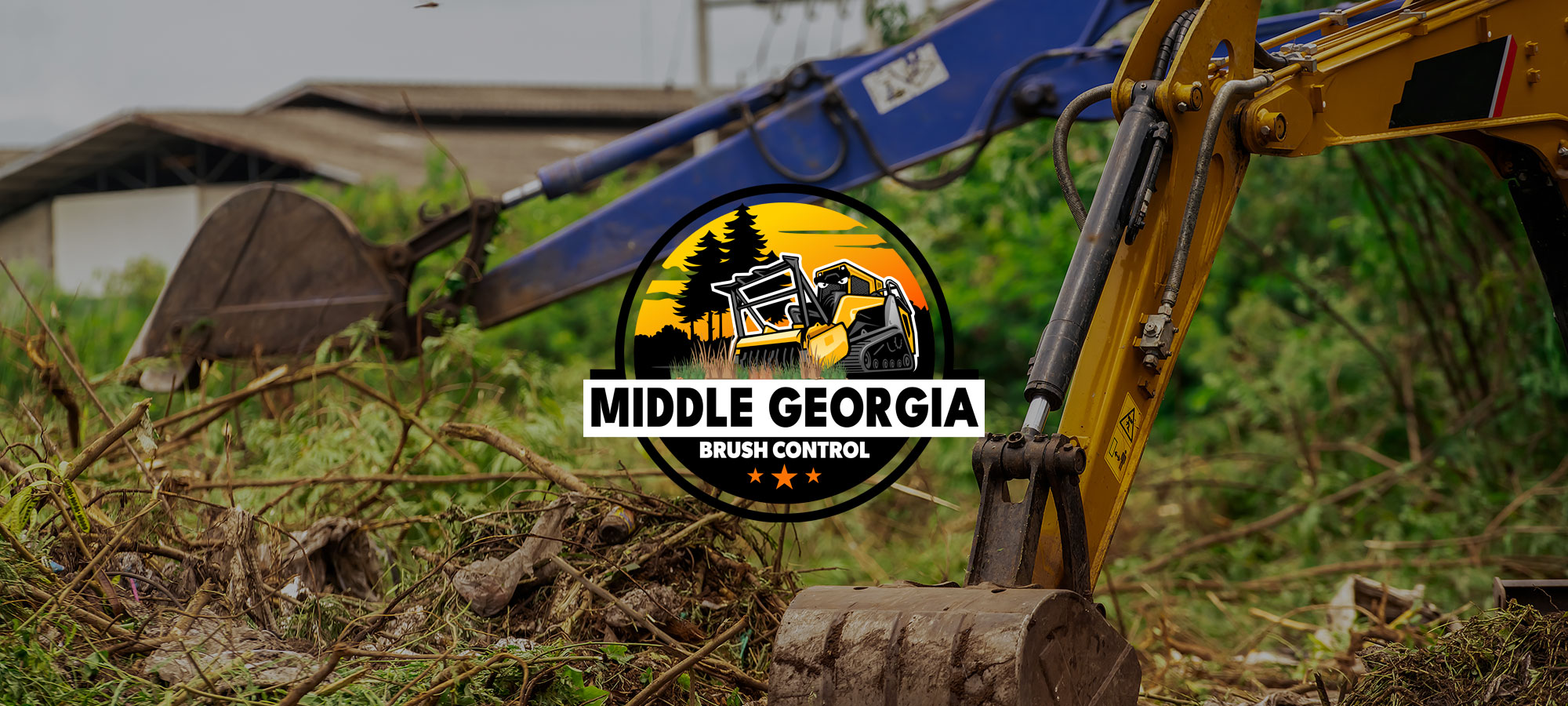
Middle Georgia Brush Control Serivces
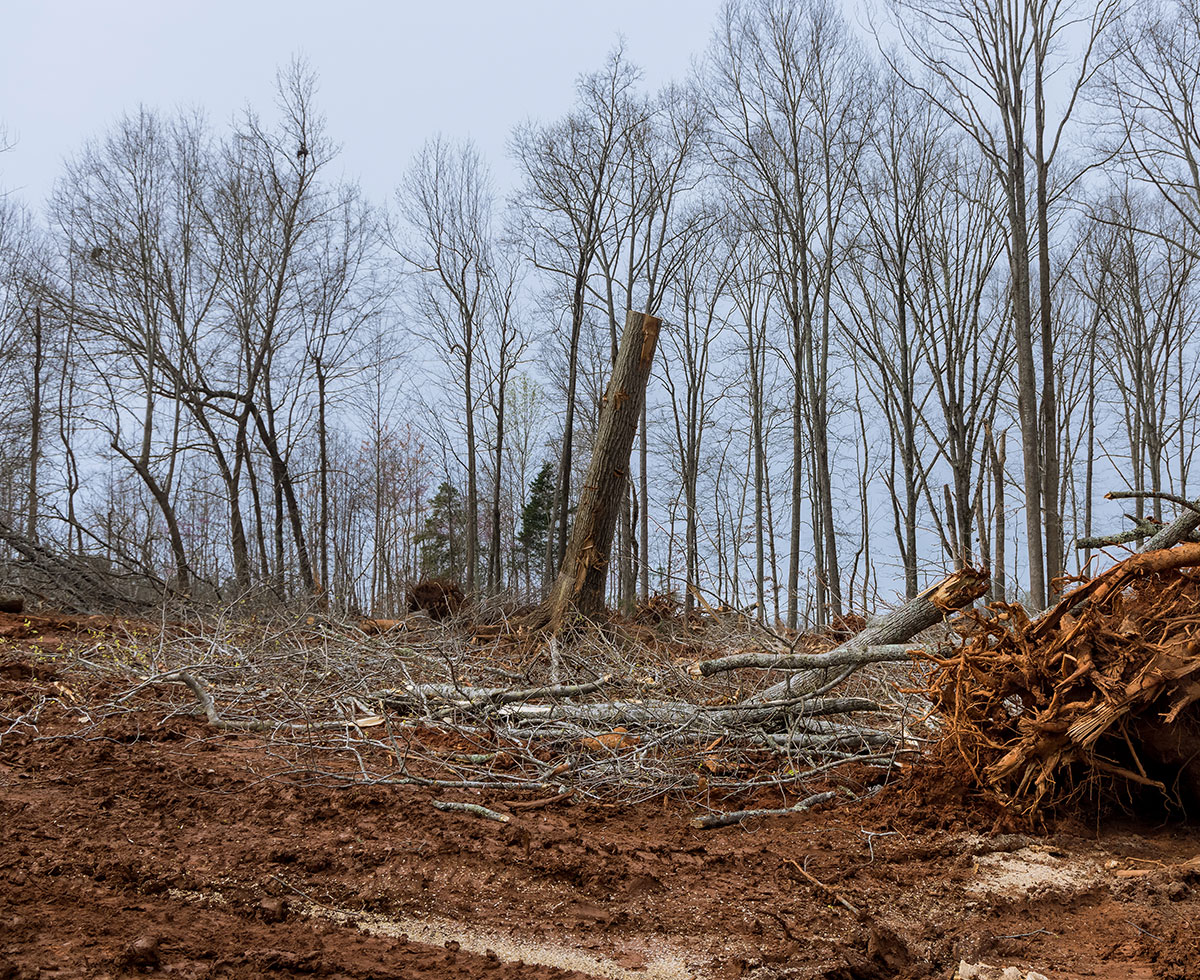
Brush Grinding
Brush grinding is a method used for removing undesirable vegetation and vegetation debris, such as brush, shrubs, and small trees, from a particular area. This process typically involves the use of specialized equipment known as brush grinders or forestry mulchers. Here’s a brief overview of brush grinding:- Purpose: Brush grinding is performed to clear vegetation, making an area visually pleasing, safe, and ready for various purposes such as construction or land development.
- Technique: The equipment used in brush grinding shreds the vegetation into small pieces, often mulching it, which can then be left on-site or removed depending on the project requirements.
- Benefits: It offers efficient vegetation removal without disturbing the soil, leaving the root system intact. This method also helps prevent erosion and promotes soil health.
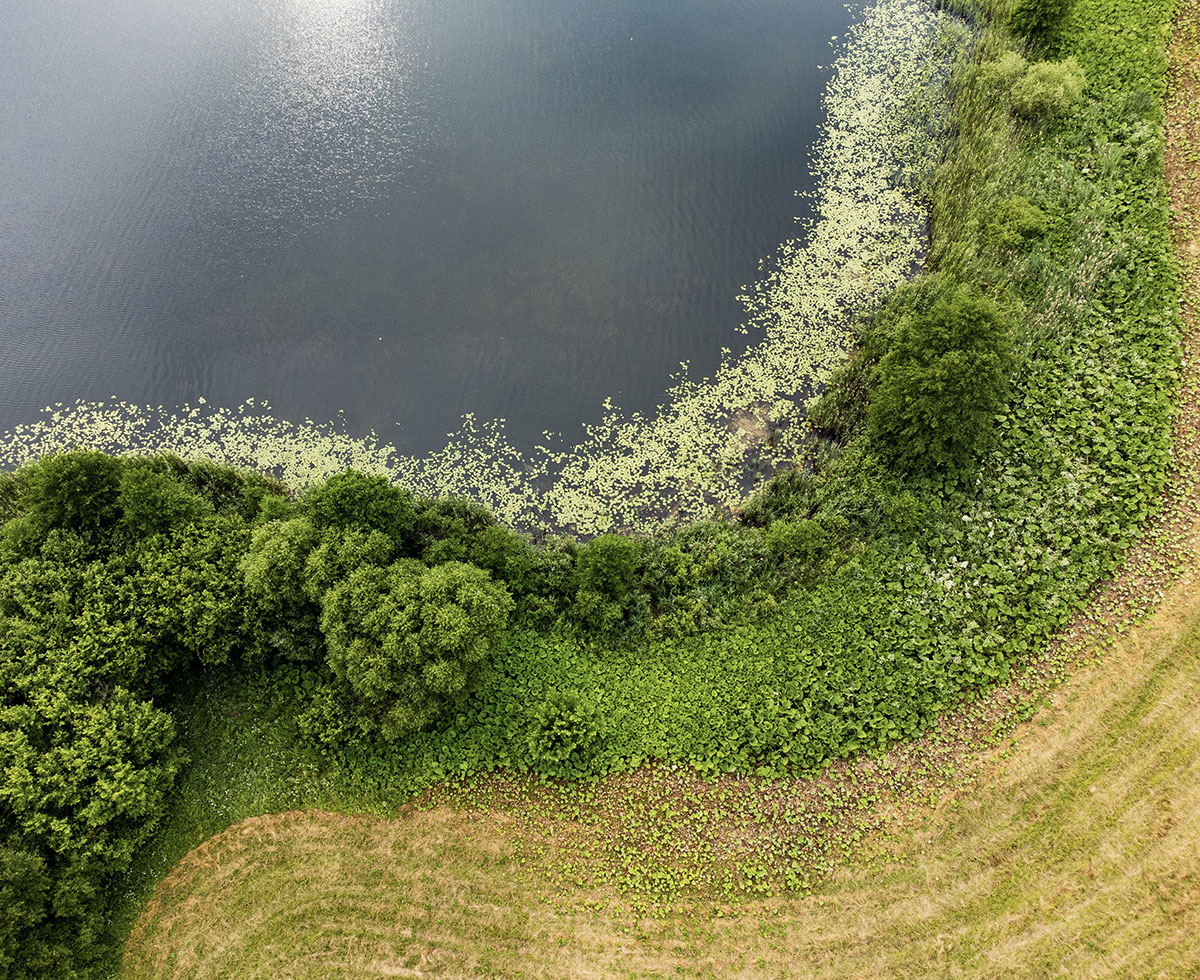
Water’s Edge Maintenance
Water’s Edge Maintenance typically refers to the upkeep and care of properties located along the edge of a body of water, such as ponds, lakes, rivers, or coastal areas. This maintenance can include various tasks to ensure the proper functioning and aesthetic appeal of the waterfront area. Common services may include landscaping, shoreline stabilization, pond cleaning, water quality testing, and vegetation management.
Wildlife Habitat Improvement (food plots)
Wildlife habitat improvement, specifically through the creation of food plots, involves establishing designated areas with specific plantings to provide supplemental food sources for wildlife. These food plots are strategically located near good cover, such as wooded areas, to attract and sustain wildlife populations. Food plots can significantly enhance habitat productivity, increase available nutrition, and boost the overall nutritional carrying capacity of an area for wildlife. While food plots are beneficial for wildlife, it’s essential to maintain existing natural food sources like native plants, fruit trees, and shrubs alongside them.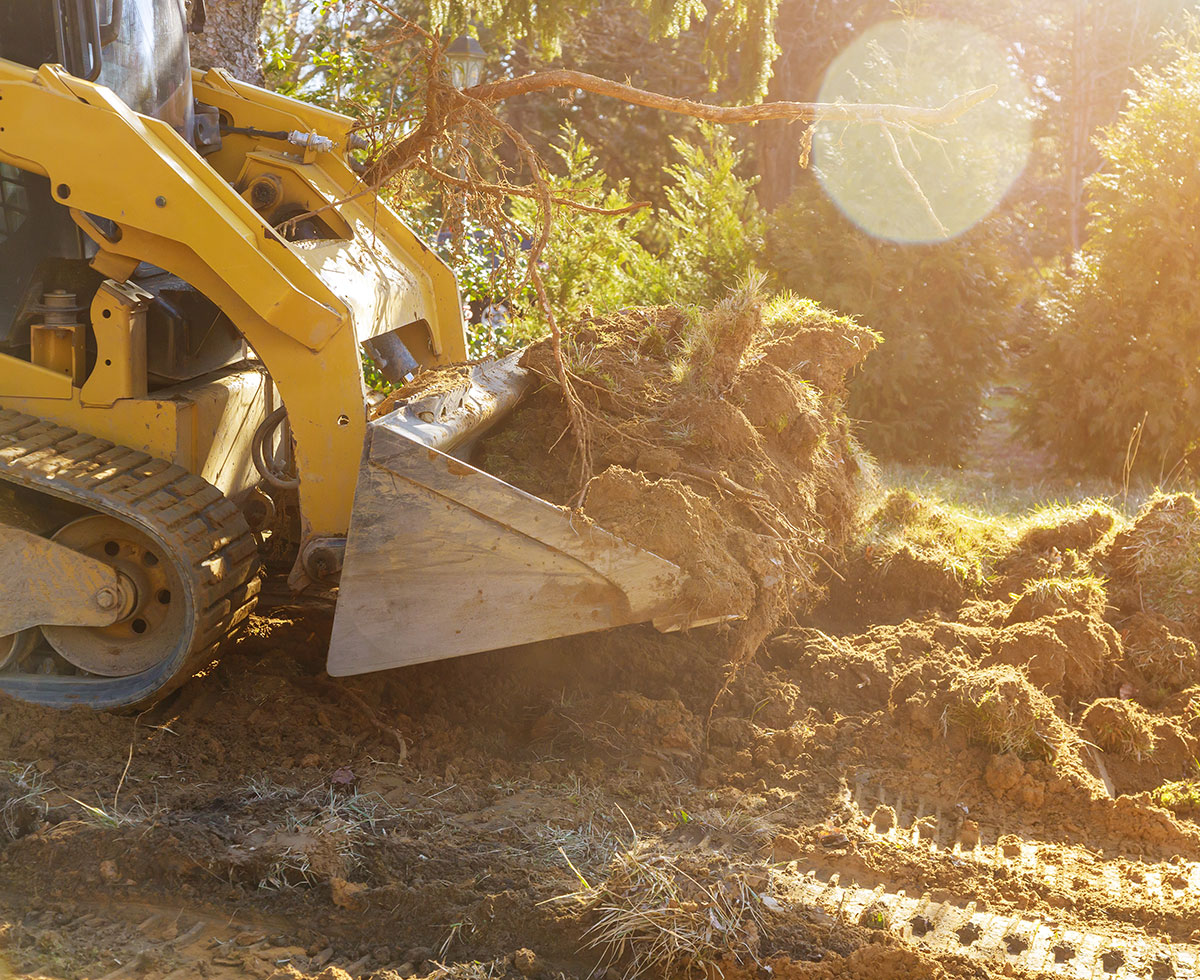
Right-of-Way Clearing
Trail establishment involves several key steps:
1. Site Assessment: Evaluate the terrain, natural features, and potential trail locations.
2. Path Planning: Determine the route, considering factors like topography, accessibility, and points of interest.
3. Trail Layout: Physically mark the trail path on the ground, clearing vegetation and obstacles as needed.
4. Construction: Build the trail surface, structures like bridges or retaining walls, and drainage features using appropriate materials and techniques.
5. Maintenance Planning: Develop a plan for ongoing trail maintenance, including regular inspections, repairs, and vegetation management.
